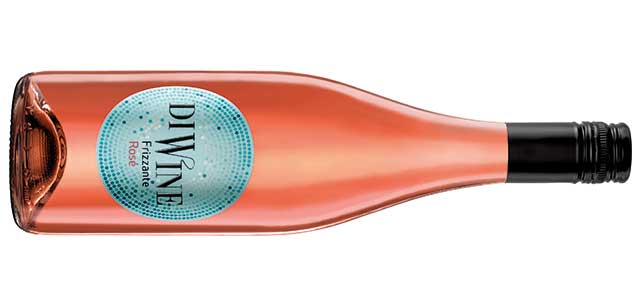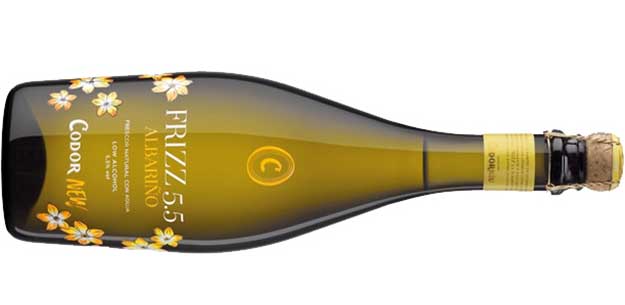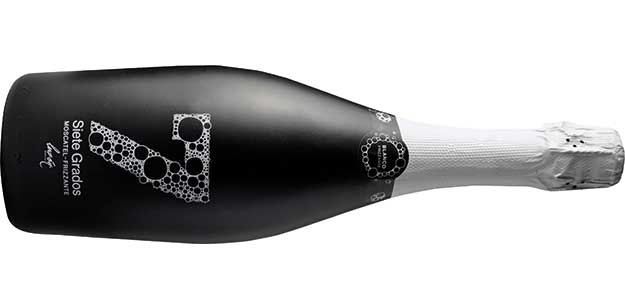.png.transform/rendition-xs/image_image%20(1).png)
Frizz Wines From Spain
Wines with a touch of effervescence, sweet, fresh, fruity and light are pronounced in Italian but made the Spanish way. They are produced using a different technique, from Spanish grapes that give an added value and an identity that is highly prized by wineries. According to its makers, Spanish frizzantes are not mere imitations of the Italian varieties.
Text: Ana Montes / Club de Gourmets magazine

There are an abundance of whites, but also reds and rosés that are successfully made from varieties such as Verdejo (ideal because of its acidity), Tempranillo, Albariño and Muscatel (the most strongly aromatic). The aim is to temper the sweetness with tropical notes and white flower aromas, as in Diwine white from Valdecuevas.
Bodegas Luzón harvest their muscatel of Alexandria at just the right moment to obtain a highly aromatic base wine with a great varietal character and natural residual sweetness. Like others, they make it using the charmat method –where the second natural fermentation takes place in stainless steel tanks with up to 2.5 bar of pressure– as opposed to the method used for cavas where the second natural fermentation occurs in the bottle, always at a pressure of more than 4 atmospheres.
But what is a frizz?
In theory, frizzantes have a minimum alcohol content of between 7% and 8.5% for sparkling wines, explains Vicente Mic, technical director of Bodegas Luzón. And the origin of the bubbles is at the discretion of the oenologist, and may be the natural result of the second fermentation, or artificially added.

So what is and what is not a frizz? A frizzante is a partially fermented must that maintains the qualities of the grape it comes from, with the same sweetness and acidity as the parent variety, but which is lighter and fresher than its siblings. It is not a wine because it needs an alcohol content of 9º to receive this classification and the DO, as sparkling wine does. “And cavas, lambruscos and sparkling wines are not frizzantes although they may share the same methodologies, as they’re obtained from wine with an alcohol content of no less than 7%”, say members of the technical team of Valdecuevas.
The Frizzante style
In Spain, Yllera was considered the standard bearer for the frizzantes category when it created the “5.5 frizzantes” in 2010, only with endogenous carbonation after a long process of multidisciplinary research: economic analysis, analysis of social trends, oenology and preparation introducing special yeasts and isobaric deposits. Since then, Codorníu has followed suit in terms of alcohol content with its Codorniu Verdejo Frizz 5.5 and Codorniu Albariño Frizz 5.5, made with two different grapes to give each one its own identity. Matarromera went all the way with the non-alcoholic Win.0.

The alcohol content rises slightly to 6º in the new Moscato Frizzante Barbadillo Vi, from Bodegas Barbadillo, one of the labels from the Marco de Jerez region that claims not to remove the alcohol from its wine, but to arrest the fermentation process at just the right point, thus obtaining a frizzante with an aroma of roses, lichee, citrus and muscatel grape.
As its name indicates, Siete Grados (Bodegas Luzón) has 7º, and is made with tempranillo, bobal and Muscatel grapes, whereas its white frizz is made from muscatel grapes from Alexandria, which are also used in Luna brand (Murviedro), where its prize-winning Estrella de Murviedro is a coupage based on Tempranillo, Bobal and Muscatel. And at 8º there are the frizzantes Dolce rosé, Dolce white and Dolce Piacere verdejo (Bodega Cuatro Rayas).
Article originally published on Club de Gourmets Magazine

